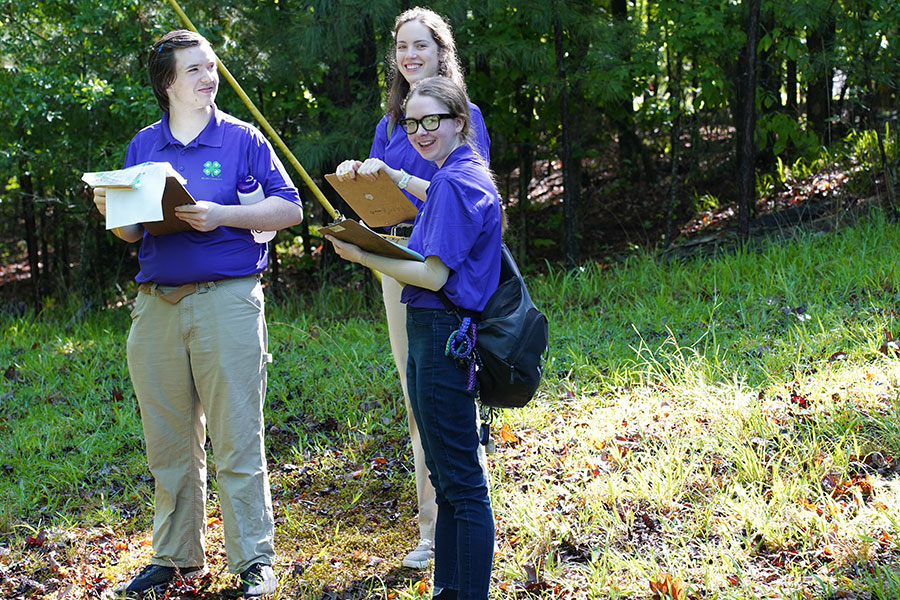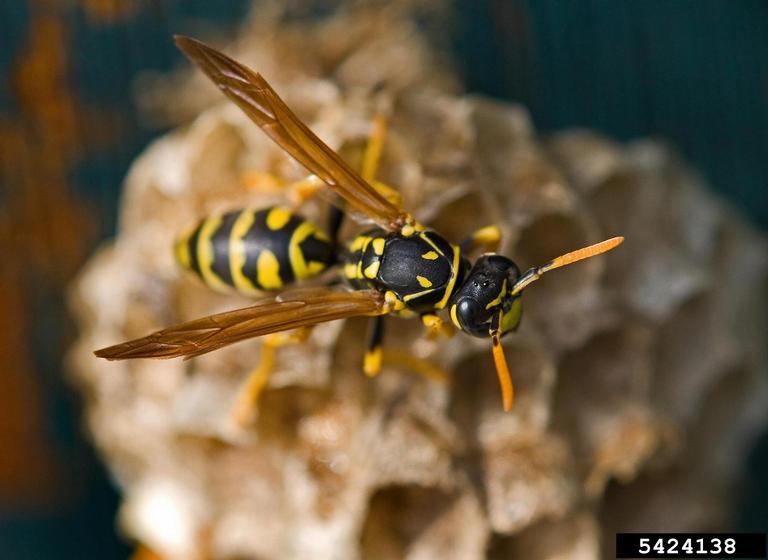This year, in case you haven't noticed, the oaks, hickories, persimmons and other fall-fruiting trees are having a bumper crop. At least, that's what I see when I walk in the woods near Athens, Ga.
But not everyone sees fruit for wildlife as a good thing. I've often heard folks complain about two problems with fruit trees in their yards.
One complaint is "the birds are eating our muscadines," or something like that. The birds, squirrels, possums or deer eat all the fruit before the homeowner can get any.
The second goes like this: "I really think we ought to cut down that crab apple. The rotten fruit always makes such a mess on the lawn."
The alert backyard wildlife manager sees these problems as a benefit. Fruit attracts wildlife, and some trees put out a lot of it. It's all a matter of attitude adjustment.
Photo: Washington UniversityCrab apples: a favorite "falling" fruit. Late summer is when many fruits mature. These can attract interesting animals to your wild garden. Now, as fall begins, is a good time to drive around suburbs, parks and wild places and get some good ideas on what kinds of fruiting trees and shrubs to plant.
Falling, Holding Fruit
You can divide your options into falling fruit and holding fruit.
One of my favorite falling fruits is the native American crab apple (Malas augustifolia). Mine started falling in early September. By October they're all on the ground.
Crab apples are hard, astringent little apples. They aren't a favorite with deer, raccoons or other wildlife, but that makes them desirable in a way. They last a long time on the ground, waiting to be eaten in times of shortage.
Persimmons
Persimmons are also a good fruit for this time of year. Individual trees vary a lot as to when they fall.
A nice, gooey, squashed persimmon lying on the ground attracts certain butterflies that don't seem fond of flowers. The tawny emperor, hackberry butterfly, viceroy, red-spotted purple and some other species will suck on rotten fallen fruit.
Racoons, possums and deer also love them. So do mockingbirds.
Photo: USDA-ARSMuscadines appeal to wildlife. Other Good Options
Pears and apples are also good options. So are muscadines.
For fruit that hangs on the tree, I like figs. Figs attract lots of insects. Fruit-eating beetles like the beautiful figeater love figs. So do certain wasps and hornets, along with butterflies.
For fruit that hangs on the tree into the winter, try the Callaway crab. Mockingbirds, possums, crows and other flying and climbing creatures will feed on it. The fruit rarely falls to the ground.
Some of the wild offspring of the Bradford pear have fruits big enough to attract wildlife, too. And they last and last on the tree.








